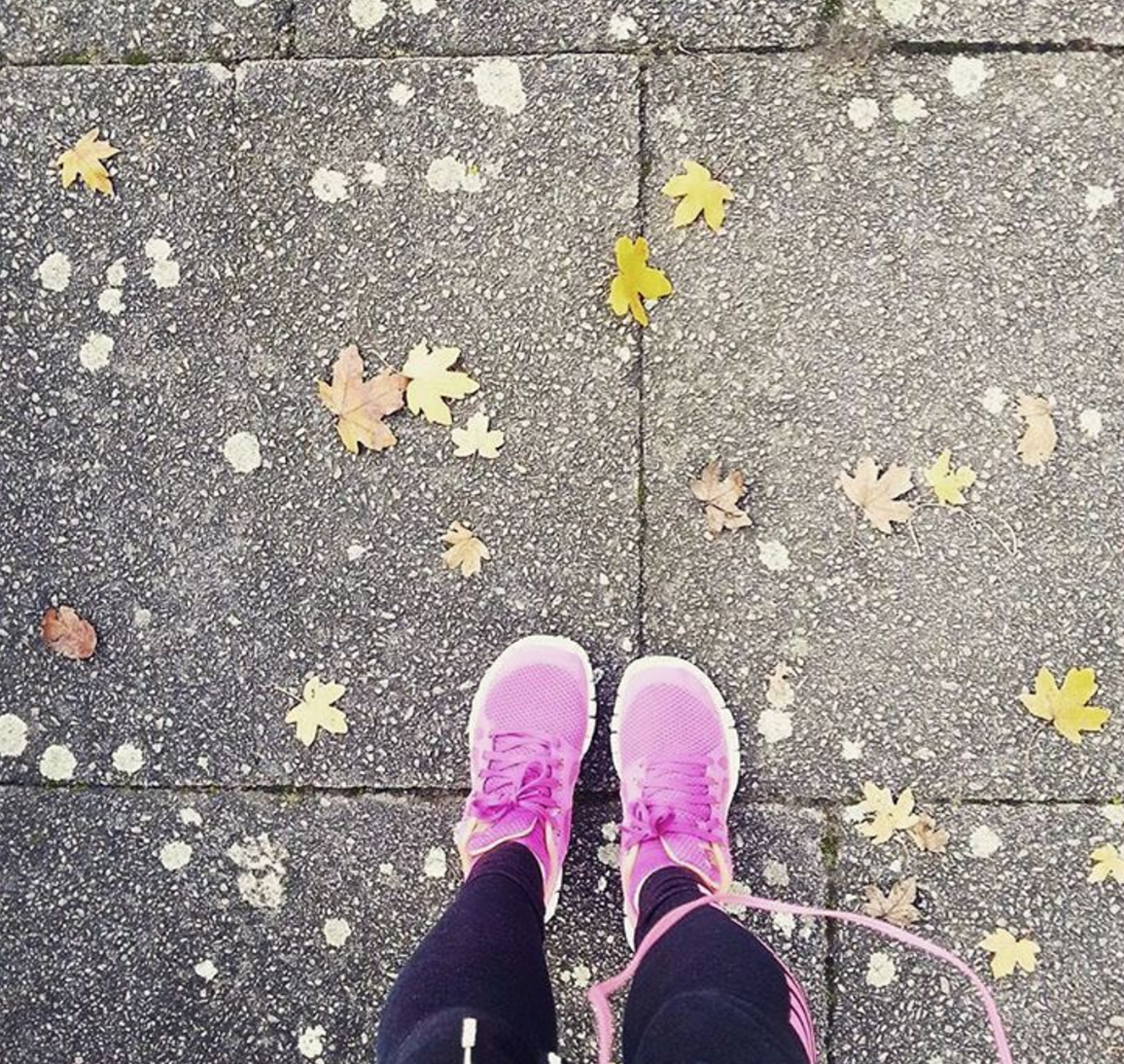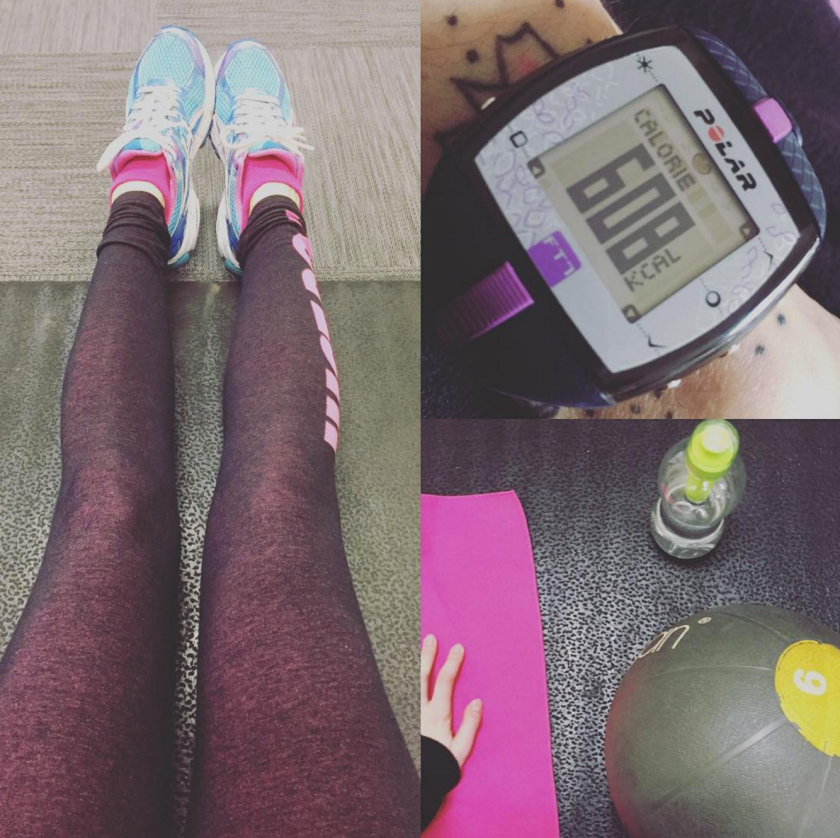Hello readers, yogis, friends. How are you?
The sun is playing hide and seek again in Manchester, but it’s getting warmer and longer days call for sunset meditation, yoga walks and beach dreams. Aka: I hope I’m not alone in my vacation plans and hopes, these days.
Sun, friends, beloved ones, lazy mornings, coffee, yoga. Peace.
Have you ever noticed how different can be studio classes and home practices?
Studios in London – but here in Manchester, too – can be pretty busy: gracious newbies, familiar faces, quick drills, props, stacked mats, chats.
Groups. Community. They bring people together and in doing this set intentions, create healthy habits, develop your practice.
Which is something we don’t always bring at home. Don’t we?
How shall I start? When shall I practice? How many times a week? I’m panicking!
Ok, what if I tell you the foundation of your home practice – the missing bit we don’t always find on the mat at the studio – is your peace of mind.
I could call it meditation before practice, yes. But I like to think it’s something simpler and more natural, something that takes 5 minutes of your time and gives you back a whole new mind. Something mindful, peaceful.
I do try and arrive at the yoga studio 10/15 minutes before class, but it’s not always possible and when it is, the room is too cold, too hot, too busy, too something…
While at home, in the quiet of my space, I can find some peace. Peaceful peace, excuse the pun.
So, how?
Start with your yoga space: what do you usually do before practicing? I wear comfortable clothes, something that can keep me warm or give me freedom of movement, wash my hands and feet, clean the floor, roll the mat, turn the music on.
Breathe, calm down. Empty. Set an intention.
Find a nice comfortable cross-legged position, relax, stay there. Find your peace.
You don’t need fancy clothes or loud music, you don’t even need a mat.I’m just suggesting you a way to get into a calmer state of mind, but if you’d rather go for blanket and incense or tea in the backyard, why not?
It might be a moment preceding the practice in which you just stay where you are and let go of the day.
Whatever it will empty the busy mind and create peace.
Yes. Empty the mind.
“All the wonders of life are already here. They’re calling you. If you can listen to them, you will be able to stop running. What you need, what we all need, is silence. Stop the noise in your mind in order for the wondrous sounds of life to be heard. Then you can begin to live your life authentically and deeply.”
― Thich Nhat Hanh, Silence: The Power of Quiet in a World Full of Noise
All is there.
Right under your nose. But we need to empty the mind to FEEL it. To BE in the moment.
And silence is the missing piece we often forget to look for.
I mean conscious, nourishing, gracious silence.
As Guruji used to say, we have to practice yoga to GET OUT OF THE MIND and focus on the body. I think what he meant was that we need to stop overthinking as the mind is our real enemy, or it can become such. Our thoughts can get into our way into the practice, creating fear, sadness, negative vibes. It’s the mind that stops the body, that make you act like crazy in front of your crush, run away deep down into your comfort zone, convince you cannot do it.
But a relaxed mind can also work wonders. It can be our friend. Right?
Interpretations asides, what I find really different in my home yoga practice – that precious practice nobody gets to see, those long breaths and relaxed movements, balancing efforts, good mornings – is taking a moment (or two!) to empty the mind, just let my thoughts go.
So, let’s go back to your peace of mind.
Have you set your yoga corner? Good.
Now, take a seat or hop on the mat, cross-legged or hero pose, lotus or simple pose, anything you fancy and is ok for your knees, hips and spine.
Breathe. Deeply but gently.
Listen to your deep breathes.
Inhale, exhale. Inhale, exhale.
Again.
Maybe close your eyes and focus more on the breath.
Or, maybe find a drishti and concentrate your attention. Hint: a white empty wall would be good. Just focus your gaze on a spot, corner, surface, bit.
Stay there.
Let thoughts and words go by. As if they were floating around, take a step back and observe without doing nothing.
Let go, avoid grabbing. And if you feel your mind is, just go back to your drishti.
Right now you have to plunge into your yoga space. Connect with that. Become aware of it and hold on to the present moment.
That’s your task.
You’ll find your thoughts – still there – after the practice.
And believe it or not, they too will look and sound more peaceful and possible.
Some will go, others will stay. But all will be ok.
So, stay there for 5. Then maybe 10.
Keep on emptying, breathing and gazing. Relax your head and shoulders, relax your body.
Feel the body, the breath, the soul, the emptiness of the space.
The silence. Listen to your silence.
It’s talking to you. Right now.
In a way you’ll understand only later on in the day, maybe this week, maybe the conversation will go on for years. It’ll change your life.
Just let silence be. And in this be, connect to it.

Once the 5 minutes are over, you can come back to the attention of the room.
And in doing so, you can count on the support of your breath, again.
Take a deep breath in and let the air fill your lungs, then slowly and gently release the air and start moving your eyes here and there (yes yoga for your eyes!), gently. Notice things, details, reactivate the mind.
Maybe stretch the face, neck and shoulders, bring your attention to what’s coming next: your home yoga practice. Draw circles with your head or turn it from side to side. Bring the shoulders back, open the chest, then release the air. Be mindful.
Thoughts will flow back as a river and they will start buzzing and twisting again in a moment, don’t let them overwhelm you, take this step as slowly as you can.
And if you feel like crying, do it. If you feel like smiling, go for it. Celebrate your being in the moment with letting your SOUL expand and create. It’s you. It’s there.
Peace is a beautiful word, a soothing feeling, a needed action.
Now you are ready to hop on the mat. Bring it with you.
Enjoy it!
Sara













